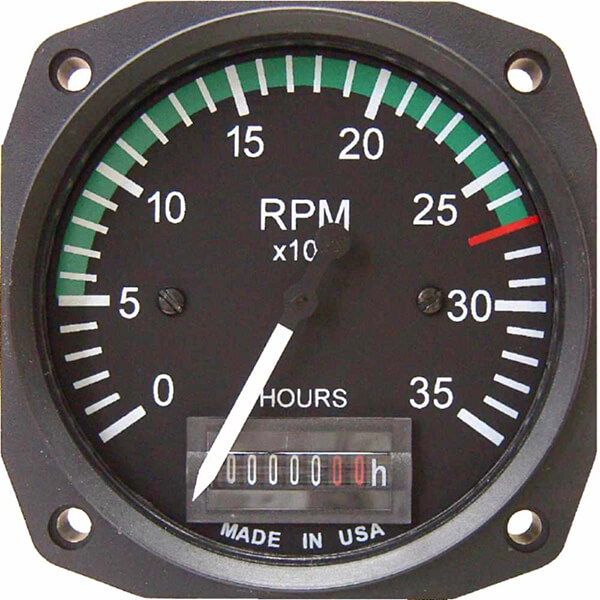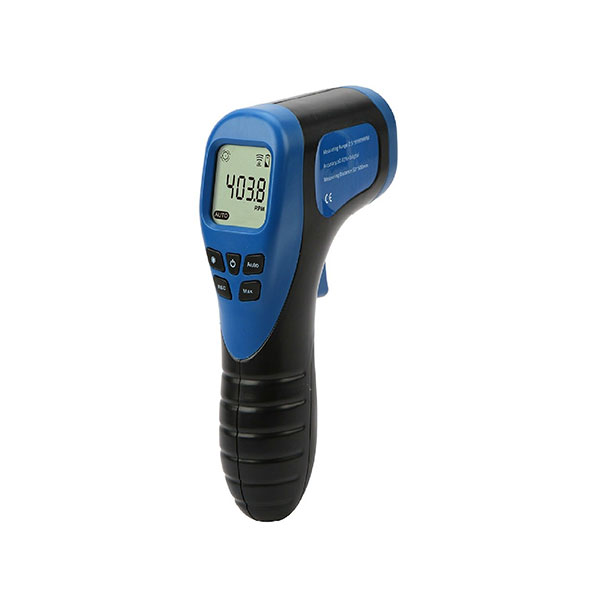Comprehensive Guide to Recognizing and Making Use Of a Tachometer Properly
Comprehensive Guide to Recognizing and Making Use Of a Tachometer Properly
Blog Article
The Relevance of a Tachometer in Keeping Track Of Engine Rate and Performance in Automotive Applications
In the world of auto engineering, the tachometer stands as a critical tool in the chauffeur's toolbox, giving a straight window right into the internal workings of a vehicle's engine. Beyond its function as a simple gauge of revolutions per minute (RPM), the tachometer functions as a vital device for enthusiasts and experts alike, using real-time insights into engine efficiency and wellness. Comprehending the significance of this device goes beyond surface-level monitorings, delving right into the complex relationship between engine speed, power outcome, and general driving experience. As we explore the diverse duty of the tachometer in automobile applications, a deeper gratitude for its influence on car dynamics and efficiency starts to emerge.
Significance of Keeping Track Of Engine RPM
Keeping track of engine RPM, or transformations per minute, is a critical facet of automobile maintenance and performance evaluation. Engine RPM directly associates with the rate at which the engine's crankshaft rotates, suggesting just how rapidly the engine is running - tachometer. By keeping an eye on RPM, technicians can evaluate the health of the engine, discover possible problems, and fine-tune performance. An abnormal RPM analysis might signal troubles such as engine misfires, damaged ignition system, or problems with the fuel delivery system. Continually high RPM analyses could show hostile driving routines or the requirement for a higher gear shift to enhance fuel effectiveness.
Furthermore, checking engine RPM is necessary for efficiency assessment in auto racing and high-performance lorries. Keeping optimum RPM degrees is vital for accomplishing peak power outcome and velocity. Racers often use tachometers to ensure they are running within the optimal RPM array for maximum efficiency. In recap, checking engine RPM is not just important for identifying problems however likewise for enhancing engine efficiency in different auto applications.

Benefits of Real-Time Information
In automobile applications, real-time information plays an important function in offering immediate understandings right into the performance and problem of the car. By constantly checking numerous parameters such as engine rate, temperature, gas usage, and a lot more, real-time data provides many benefits that contribute to improved performance and security when traveling.
Furthermore, real-time data facilitates efficiency optimization by supplying prompt responses on driving habits and engine effectiveness. Motorists can adjust their actions in real-time based on this details to achieve better gas economic climate and lengthen the life-span of their vehicle.

Furthermore, real-time information plays an important role in modern vehicle diagnostics, allowing technicians to quickly diagnose and attend to breakdowns. This leads to lowered downtime, lower maintenance expenses, and ultimately, enhanced overall automobile dependability and longevity (tachometer). By harnessing the power of real-time data, automobile stakeholders see this website can make enlightened choices that favorably impact both the efficiency and durability of the automobile
Influence on Equipment Shifts
The tachometer plays a vital duty in optimizing gear changes by providing real-time engine rate data to the motorist. When approaching the redline on the tachometer, it signals the driver to upshift to stop over-revving the engine and creating prospective damages.
Moreover, the tachometer aids in accomplishing smoother gear changes, specifically in hands-on transmissions. By checking engine rate, vehicle drivers can execute gear shifts at the ideal RPM range, minimizing jerking movements and lessening wear on the transmission elements. This precision in equipment modifications not only enhances driving convenience but also adds to sustain effectiveness.
Enhancing Gas Effectiveness
Provided the critical duty the tachometer plays in enhancing gear changes for performance and engine health and wellness, it directly adds to taking full advantage of gas effectiveness in automobile applications. By providing real-time responses on engine rate, the tachometer aids vehicle drivers in maintaining one of the most efficient RPM variety for gas economy. When drivers regularly keep track of the tachometer and readjust their motoring routines accordingly, they can avoid unneeded gas intake created by over-revving or hauling the engine.
Moreover, the tachometer helps motorists determine the most fuel-efficient gear to be in at any type of provided moment, protecting against the engine from working more challenging than essential. In verdict, the tachometer serves as a valuable tool in enhancing gas effectiveness by promoting optimal driving routines and identifying locations for enhancement in the vehicle's performance.

Maximizing Engine Durability
The tachometer's duty in keeping an eye on engine rate and efficiency is instrumental in use this link making certain the long life of vehicle engines. Keeping track of the tachometer permits vehicle drivers to stay within the recommended RPM variety for their lorry, stopping unneeded strain on the engine and prolonging its life-span.

Verdict
Finally, the tachometer plays a critical function in monitoring engine speed and efficiency in automotive applications. By supplying real-time data on RPM, it enables effective equipment shifts, boosted fuel performance, and maximized engine long life. This tool is crucial for preserving optimum engine efficiency and ensuring the overall performance of a vehicle.
Report this page